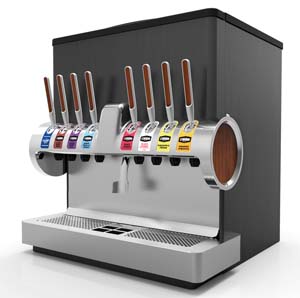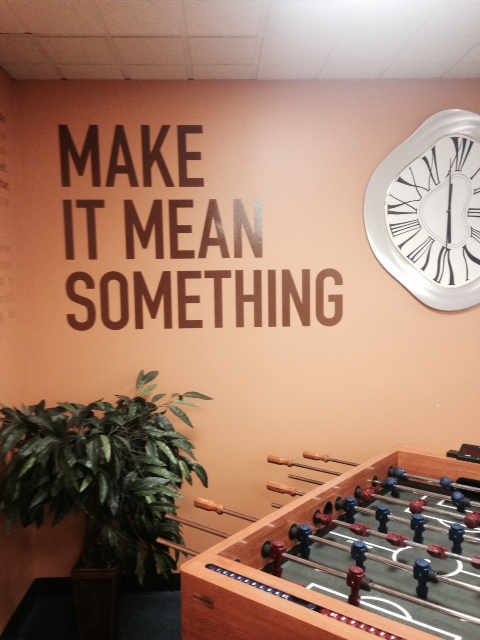As marketers, we all want to be innovators and bring the next big idea to our clients to move the needle for their brand(s). But sometimes not all ideas are good ideas. Some marketing ideas do not align with a brand’s creative and messaging strategy, other ideas might not resonate with an audience.
We’ve compiled a list of some less-than-sound (i.e. horrible marketing advice) ideas out there to provide examples of what not to do when it comes to planning your marketing efforts.
1) If you’re trying to build awareness, advertise everywhere you can.
If you’re trying to build buzz or awareness for your new brand/product, it’s important to plan, strategize and understand your audience first. Focus on who will care about your brand and where you can reach them, not how quickly you can reach anyone and everyone. A key step to marketing success is making sure that your messages are targeted and efficient.
2) You need to be on this social media platform.
The marketing landscape has changed significantly over the past 10 years, but just because there is a new, trendy social media platform, does not mean that you need to be there. Granted, you don’t always need to be on the same social channels as your customers (consider where you might find new customers and opportunities), but if you are marketing a product that appeals to a 70+ crowd, chances are you don’t need to be on Instagram or Snapchat. Focus on participating on social channels that will be an extension of your brand and help your business flourish.
3) If you buy an email list you’ll have better email performance.
Buying an email list will definitely grow your distribution channel for direct digital marketing, but it doesn’t mean that the recipients will find your content relevant. If you choose to purchase an email lists, it should be one that is appropriate for your business. Even better, activate and focus on direct outreach through current customers or interested parties that sign up for your mailings on their own. Organic growth is ideal- this means that they want to hear from you.
4) Long lead forms are always worse than short forms.
Long online lead forms can be tedious and time-consuming. That’s a good thing. If your goal is to generate new customers, would you rather have a solid lead or a lead that might not truly be interested in your offerings? You shouldn’t necessarily make the lead jump through too many hoops to get more information, but weeding out the unqualified leads with some detailed questions will produce concrete leads that are truly engaged in what you have to offer.
5) Asking for likes, retweets or shares makes your brand look desperate.
Trying to get the word out? Asking for people to share and repost your content does not have to translate as desperation. In fact, some of the greatest online campaigns are successful due to concise and clear calls-to-action. If that CTA is having others share your content- then so be it! Tying a prize or some sort of incentive to sharing will produce more results and success. You will get more shares if you just ask.
6) You don’t need a responsive website design.
Mobile and tablet internet use have now surpassed internet use on a standard laptop or home computer. If you have a CBD company for example, and you’re not prepared to integrate a responsive design with the help of a CBD Website Design Company, it can lead to frustrated visitors and a bad user experience. This will also reflect poorly on your brand. You wouldn’t want to purchase products from a brand that has a terrible website design, would you? When you are building or redesigning your website, responsive design should be a priority. If you do not have enough resources or manpower to accomplish this task, you can think of outsourcing this work to a reputed digital marketing firm like Hooked Marketing. They can help in delivering a high-quality professional website design for your business.
7) More personalization will garner a better response.
Sometimes too much personalization can come off as a bit intrusive. It’s important to know the customers, recipients and targets for your outreach efforts, but focusing on finding the right balance of friendliness and personalization (within reason) and not coming off too stalker-ish will be key. Make sure not to include everything you know about your customer.
If you would like some GOOD marketing advice instead of horrible marketing advice, please reach out to us. We’re here to help your brand reach it’s potential and provide advice on utilizing the right marketing tools to guide you to success.
[gl-hs-form form_id=’1863abe3-c1e4-43d0-a298-c7b132f8ce03′]




